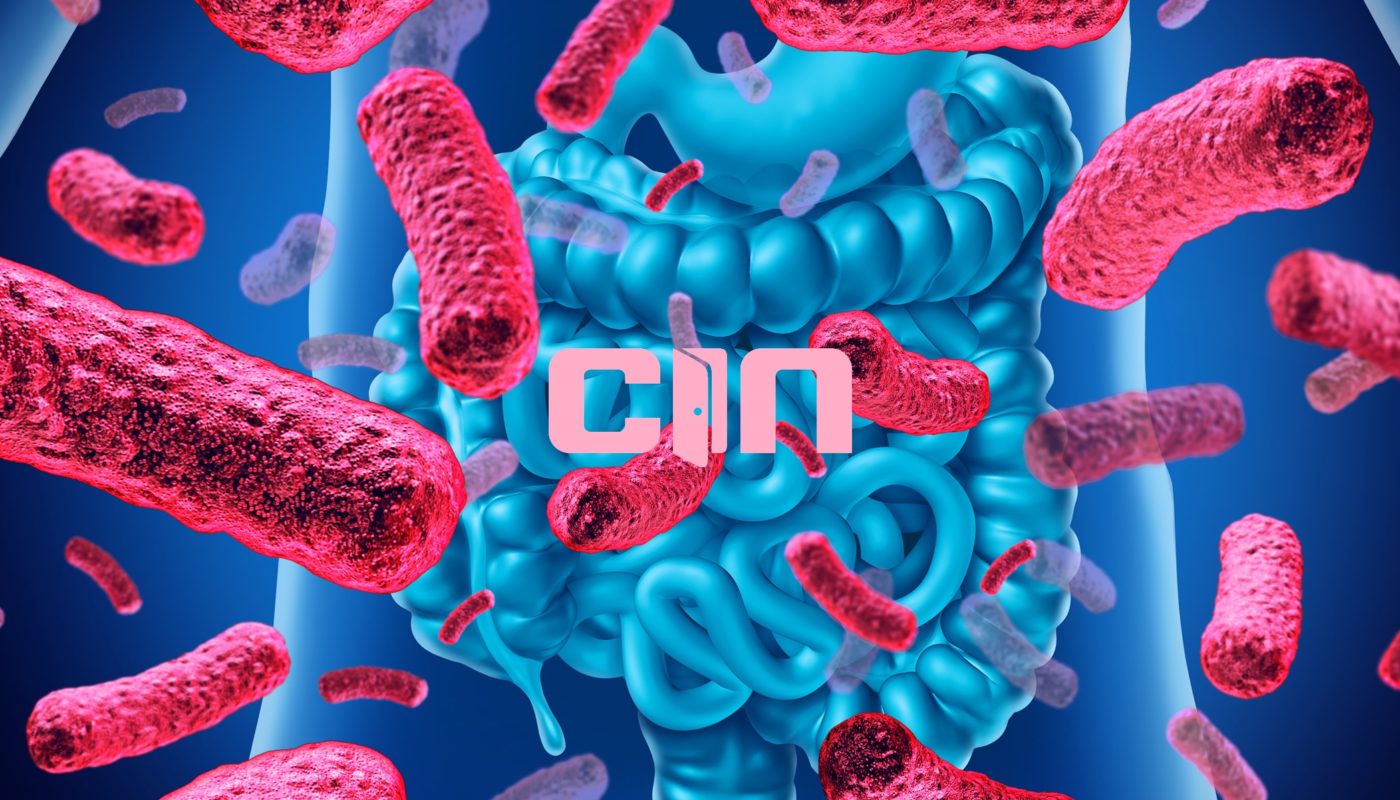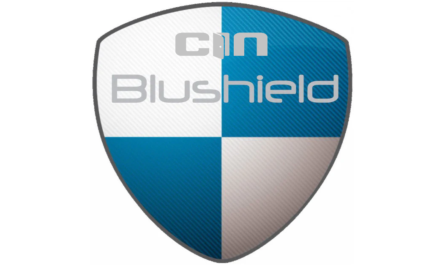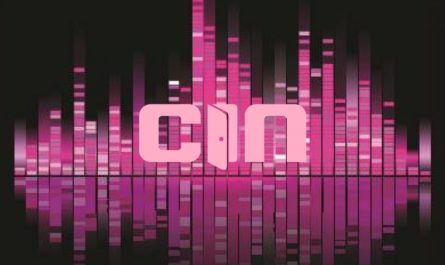This segment is part of the larger story about how Transhumanists are bringing about their Singularity utilizing 5G, Graphene Oxide, mRNA technology.. and your FEAR. I encourage you to take “GQD Particle: The Transhumanist Quantum Agenda” from the top. SPM
Your gut biome is important for overall body health. It forms what is called the gut-brain axis and anything compromising your gut biome (like inflammation) will compromise your nervous system. We decided to review a few probiotics and looked at their interaction with reduced Graphene Oxide rGO and the implication to overall health.
Here are the main gut bacteria we will focus on the predominant strains.

The Beneficial One:
E. Coli Nissle 1917: This beneficial bacterium is used in Crohns disease and IBD. It acts to prevent leaky gut and inflammation. Once you have the culture you can grow it yourself at home. Graphene Oxide likes to kill off this probiotic so you will have to replenish it frequently. Surprisingly the manufacturers of E. coli Nissle 1917 will soon stop producing it?

One of our readers, Keysi, has done an amazing job. She truly took this research to another level and details her experience with E. Coli Nissle and the “Deactivating the Graphene Quantum Dots & Decoupling your Brain from the Clathrin mRNA Neural Interface” protocols we put forward.
Keysi’s explanation of how to make this prebiotic at home is way better than mine. “A DIY Vegan Probiotic for inflammation: E. coli Nissle 1917 (Mutaflor): How I reduced inflammation of the small intestine in a few days“
E. Coli Nissle will also treat Candida.

Clostridium Butyricum: While there are natural sources of Clostridium butyricum (soil, certain vegetables, and spoiled dairy products), taking probiotics containing Clostridium butyricum is the most effective way to increase its levels in your gut. The good news here is that we found nothing relating to its interactions with either GO or rGO! So this one is a definite yes!

Ruminococcus Bromii: One group of important gut microbial mutualists are bacteria in the genus Ruminococcus, which serve to degrade and convert complex polysaccharides into a variety of nutrients for their hosts. Studies have found that a diet rich in fiber non-digestible carbohydrate consumption positively correlated with increased abundance of Ruminococcus. Higher fiber intakes resulted in reductions in the proinflammatory cytokine IL-6 and insulin resistance. So let’s get more fiber in that diet! Here is a list of non-digestible carbohydrates.


Not Beneficial Ones:
Kefir and/or Bifidobacterium Probiotics:
Bifidobacterium resides in your small intestine and make up almost 10% of the bacteria there. Kefir products are rich in Bifidobacterium. Graphene Oxide binds to Bifidobacterium in the gut and produces a scaffolding effect. This just helps to keep GO inside your small intestines which is then reduced to rGO causing inflammation.

Lactobacillus Acidophilus: This probiotic is also harmful since it actively helps to convert GO in your foods to the electrically active rGO form that will cause inflammation in your gut. All the species of this genus seem to thrive with GO? Pass!

Bacillus Clausii: Bacillus clausii is a probiotic bacterium whose spores are mainly utilized as probiotics. Bacillus clausii strains are used as probiotics mainly because of their immune-modulatory and antimicrobial properties and there are different strains. Unfortunately it too reduced GO to rGO and will make the gut more inflmmed!


Enterococcus Faecalis: formerly classified as part of the group D Streptococcus system – is a Gram-positive, commensal bacterium inhabiting the gastrointestinal tracts of humans. Like other species in the genus Enterococcus, E. faecalis is found in healthy humans and can be used as a probiotic. However both GO and rGO seem to inhibit this bacteria which means repeated intake is require to sustaing gut biome.

Bacteroides: Soluble dietary fiber increases the ratio of gut Bacteroides fragilis group, such as B. acidifaciens, and IgA production. This might improve gut immune function, thereby protecting against bowel pathogens and reducing the incidence of inflammatory bowel diseases. The consumption of animal-based proteins—particularly from red meat and dairy products—may lead to an increase in abundance of bile-tolerant anaerobic bacteria. Bacteroides fragilis, can reverse and improve your immune system. the physiological, neurological and immunological anomalies.

But there are good, bad and ugly members within this group.

Prevotella: Prevotella is associated with plant-rich diets (high levels of complex carbohydrates and fruit and vegetable intake), whereas Bacteroides is linked to a high intake of fat and protein. Bacteroides and Prevotella species have their own specific habitats in the human body as they are antagonistic. Prevotella copri is a common inhabitant of the gut. It is more abundant in non-westernized populations, mainly due to their plant-based diets.

This probiotic does respond to dietary fiber intake (fruits and vegetables) so growth can be sustained that way.

However, like several probiotics on this list, this strain is also attacked by Graphene Oxide.
Summary: You need a diet rich in red meat, fruits, vegetables and carbohydrates to sustain these probiotics. My advice would be to refrain from taking any probiotic with the Bifido strain in it. The rest will have to be sustained on a daily basis to prevent damage and inflammation by Graphene Oxide. Drinking acidified water after meals, eating some Kaolin Clay, and drinking distilled water may help to mitigate GO damage to the gut lining. We suggest growing some of the more beneficial strains in yogurt to offset the cost of buying them.
For our protocols on deactivating the nano technology, see; “Deactivating the Graphene Quantum Dots & Decoupling your Brain from the Clathrin mRNA Neural Interface”, and remember, NO FEAR.




6 thoughts on “E. Coli Nissle 1917 (Mutaflor) probiotic will protect gut lining, fortify gut biome”